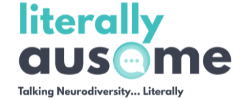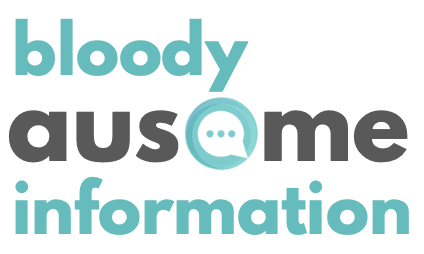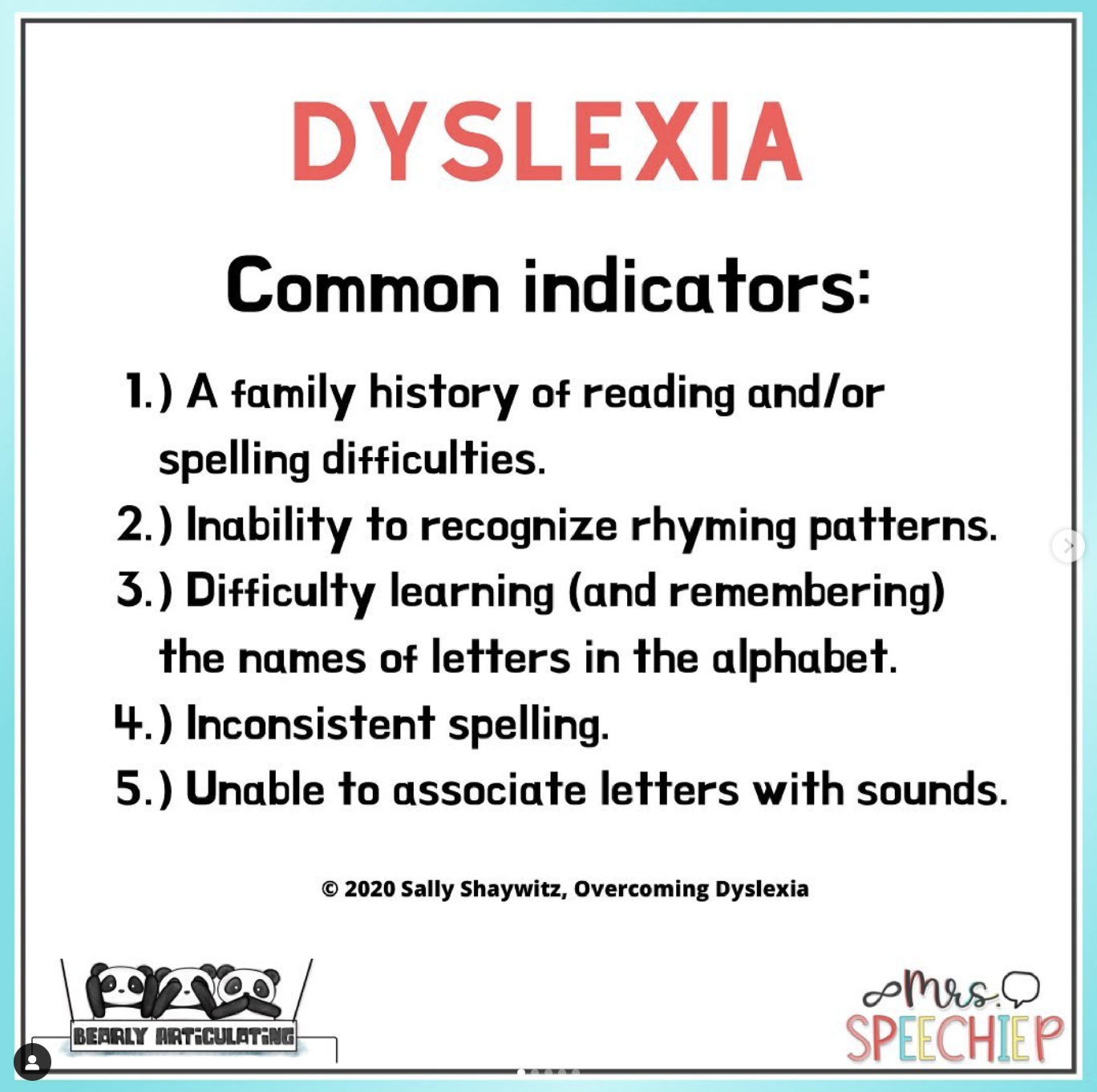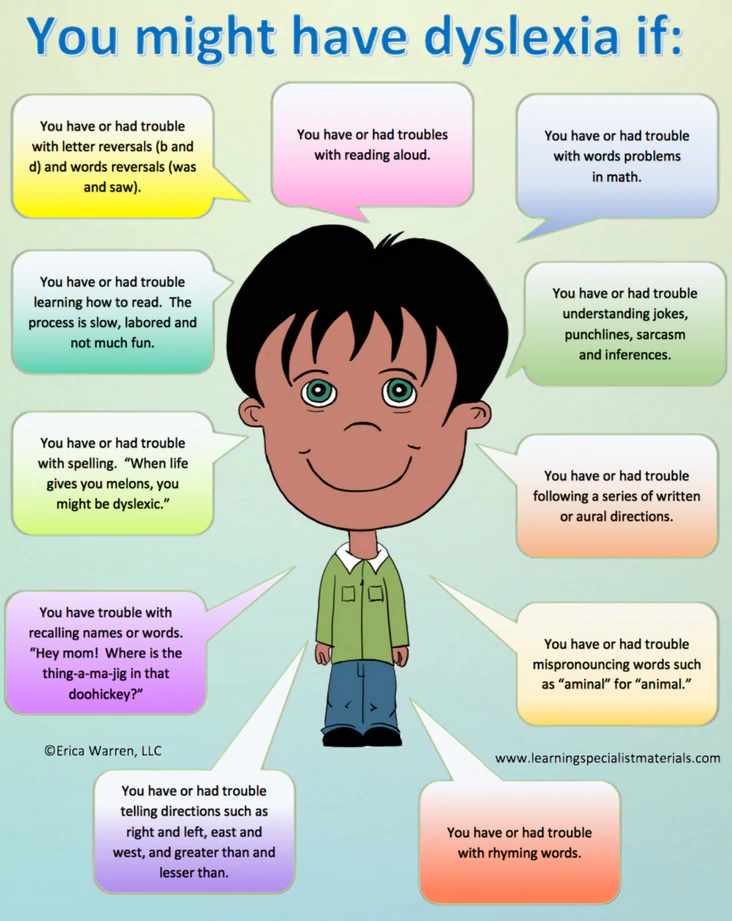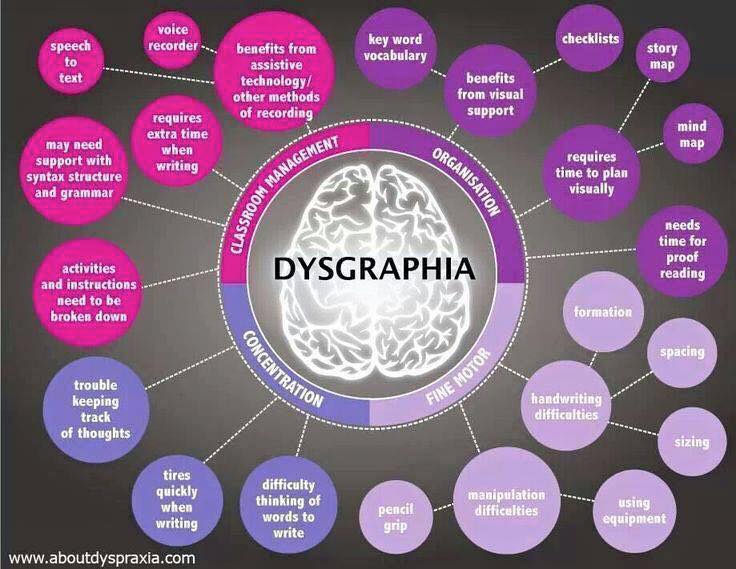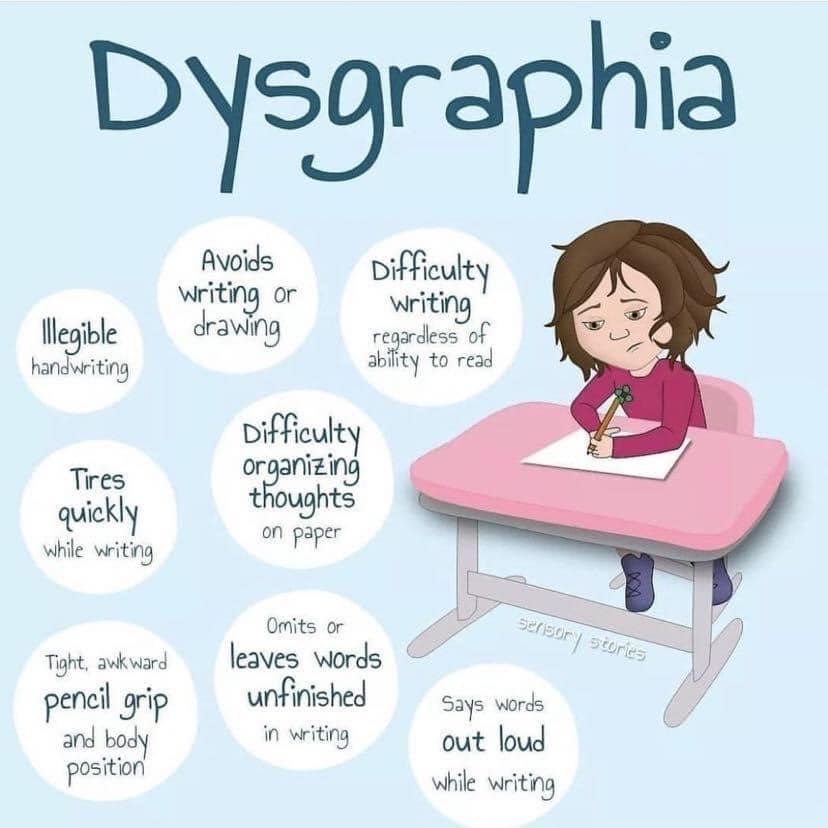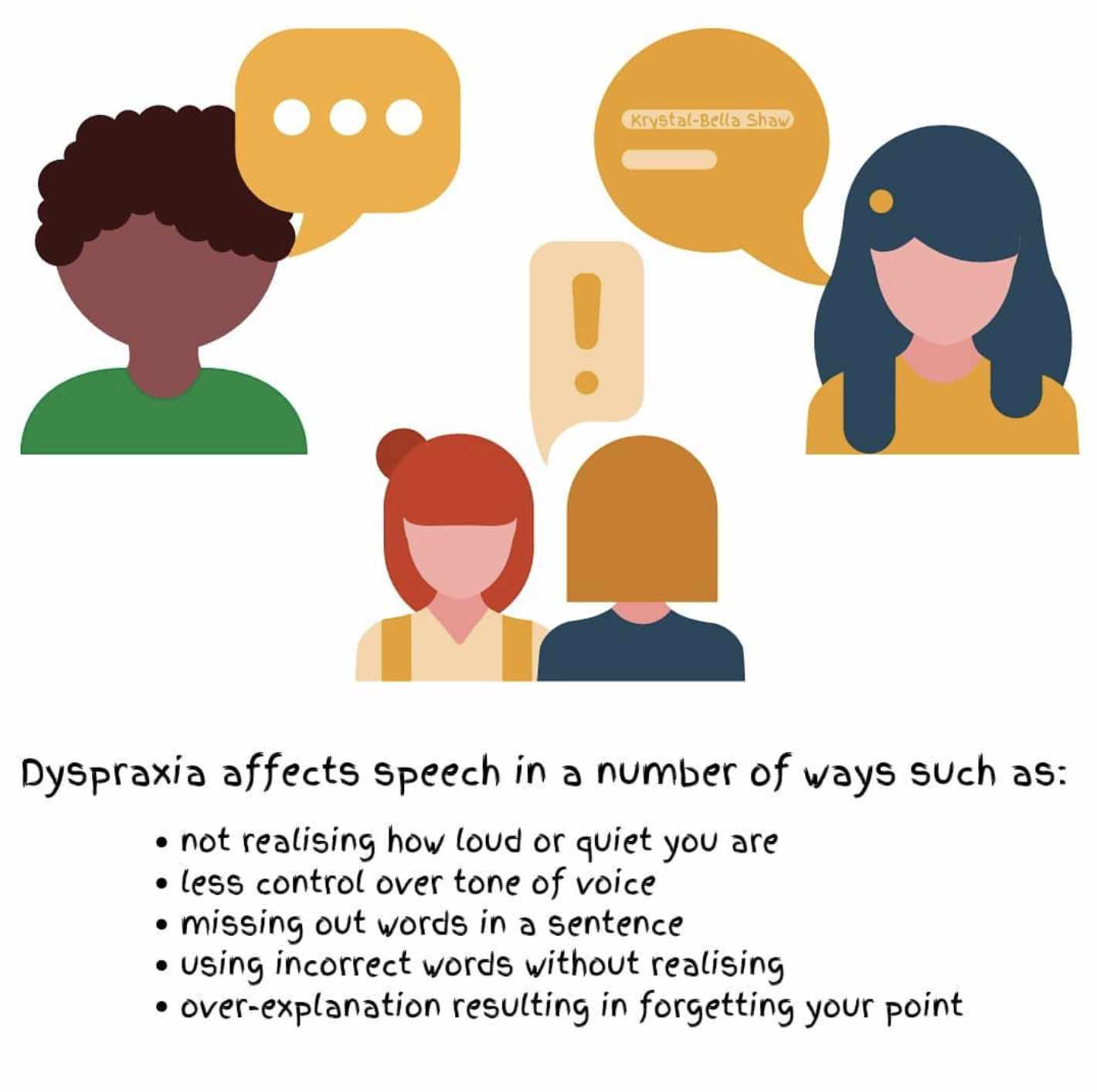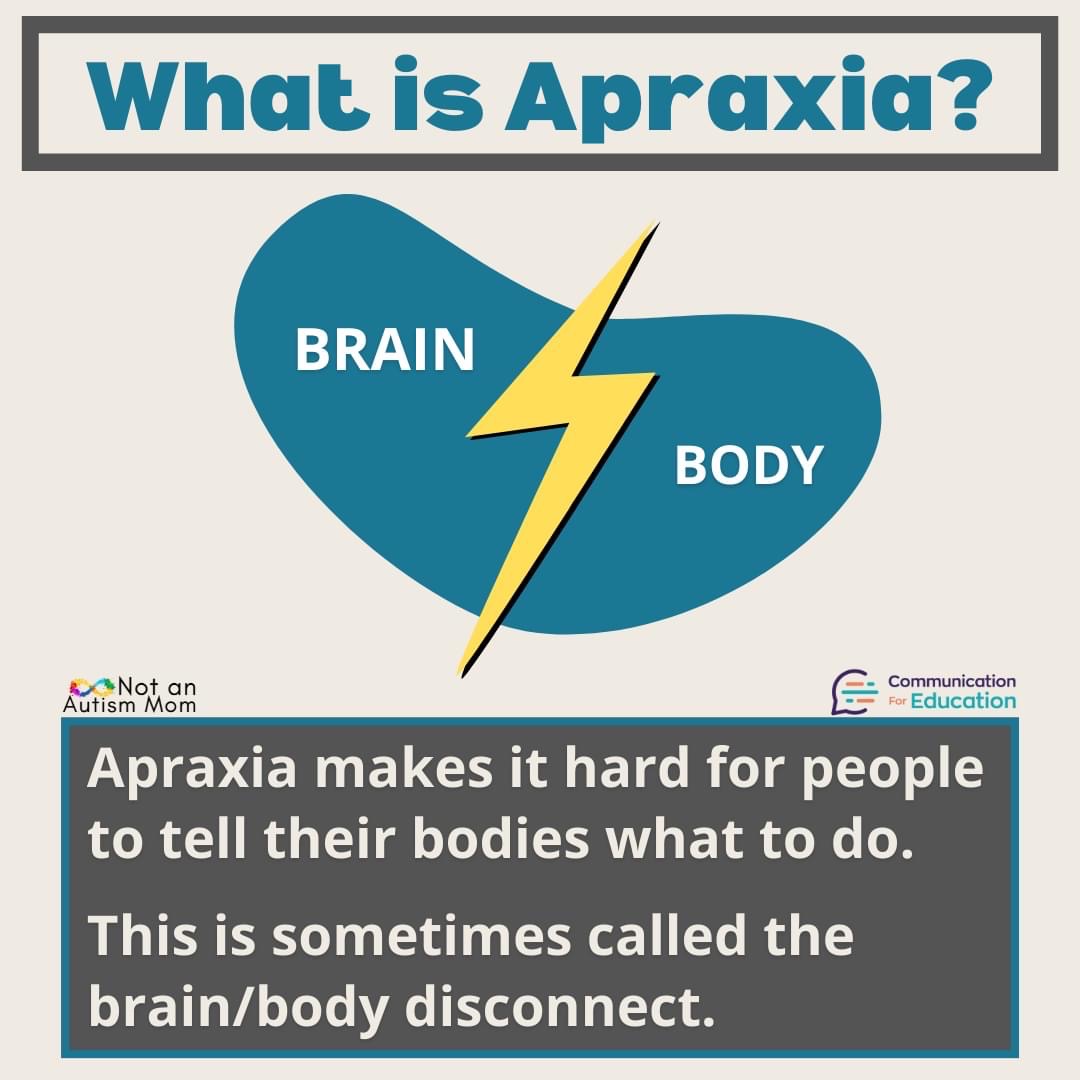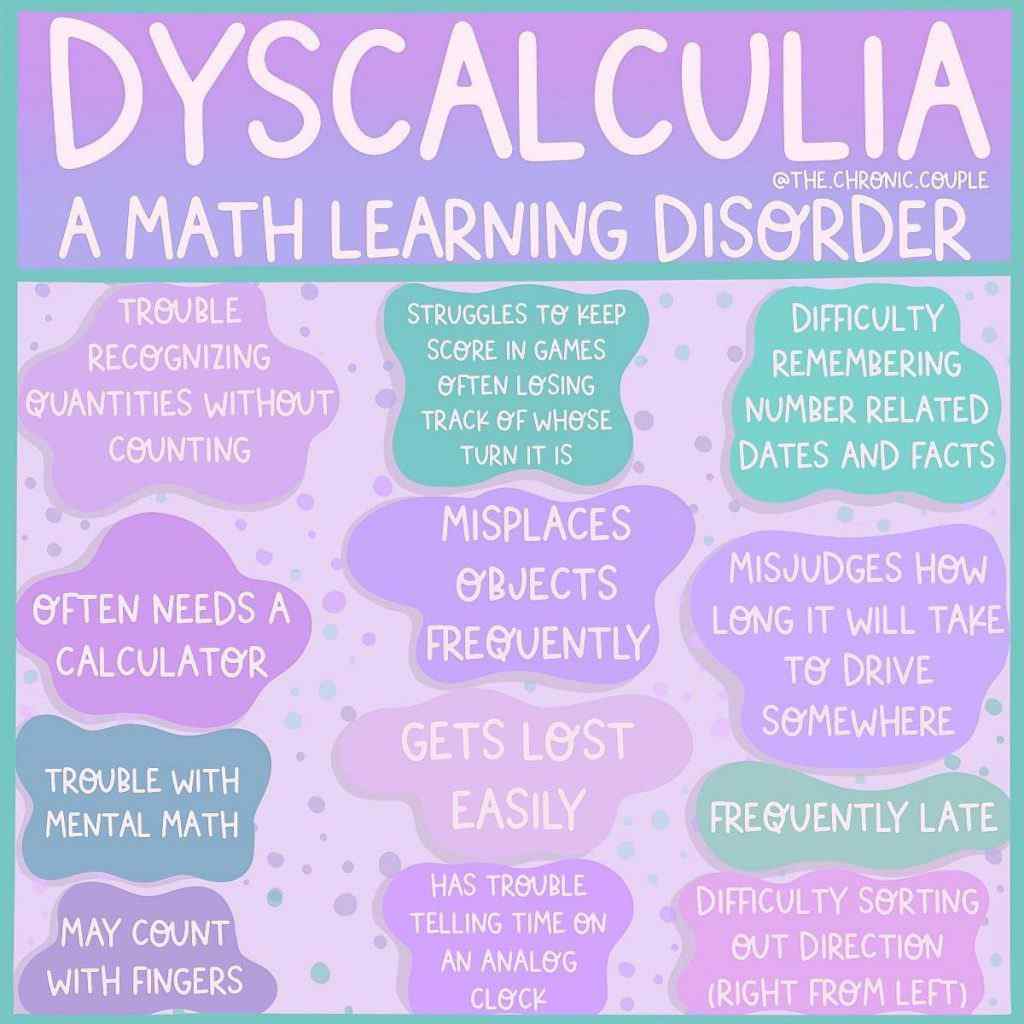Types of Learning Difficulties
Dyslexia – Reading Learning Difficulty
Dysgraphia – Written Expression Learning Difficulty
Dyspraxia/Apraxia/Developmental Coordination Disorder - Gross Motor Skill Difficulties
Dyscalculia – Maths Learning Difficulty
Dyslexia
Dyslexia is a learning disorder that affects your ability to read, spell, write, and speak. Common problems include difficulties with reading, comprehension, spelling and writing having trouble connecting letters they see to the sounds those letters make. It's also common for people with dyslexia to also experience difficulties with working memory, attention and organisational skills.
Dyspraxia / Apraxia / Developmental Coordination Disorder (DCD)
Dyspraxia, Apraxia or Developmental Coordination Disorder (DCD), is a brain-based motor disorder. It affects fine and gross motor skills, motor planning, and coordination. It’s not related to intelligence, but it can sometimes affect cognitive skills.
Hypermobility and low muscle tone are both symptoms of dyspraxia. The severity of both can reflect on how severely we are affected by our coordination struggles.
Low muscle tone affects the strength of your joints, depending on the severity of your low muscle tone affects how severe your hypermobility is.
Children born with dyspraxia may be late to reach developmental milestones. They also have trouble with balance and coordination. Dyspraxia is a lifelong condition. There’s currently no cure, but there are therapies that can help you effectively manage the disorder.
Source: @OTPlan, 'I Have Dyspraxia'
Source: @krystalbellax, 'Dyspraxia'
Source: @notanautismmom, 'What is Apraxia'
How Learning Difficulties are Diagnosed
Including:
-
Reports of test scores and teacher observations
-
An evaluation of the individual’s response to academic interventions
-
As processing issues are typically common, assessments will often include a review of phonological processing, orthographic processing and working memory.
While there are symptoms that are common with each disorder, each child will display and experience symptoms differently and the level of severity can range from mild to severe.
The symptoms need to be present in each of the disorders for a period of at least six months before a diagnosis can be made.
-
Consider the teacher’s comments regarding whether there is any concern in relation to the child’s progress and if practical, implement any suggestions about appropriate strategies to adopt in the first instance.
-
Ensure the child is provided with well-designed instructions targeting their problem area. The intervention needs to continue for at least six months in order to evaluate how well a child responds to a targeted intervention (criteria for learning disability). This will help determine whether a child makes rapid progress suggesting their difficulties are a result of gaps in their knowledge or due to a persistent and enduring learning disability.
-
The information gathered will assist the practitioner to determine an understanding of the level of functional impact the child is experiencing which will better inform his/her decision making in terms of ongoing intervention and support.
With:
-
Hearing the sounds in words
-
Recognising that certain words rhyme or that strings of words start with the same sound
-
Learning the names and values attached to numbers
-
Remembering the shape of letters and numbers and how to write them
-
Reading simple words accurately without guessing from context or using picture cues
Many of the aforementioned examples are dependent on cognitive processing and memory. Students with learning disabilities are often found to have difficulties with:
Phonological processing – the way we process language
-
Orthographic processing – the processing of written language
-
Working memory – the memory space we use to hold small amounts of information while we manipulate it in some way.
